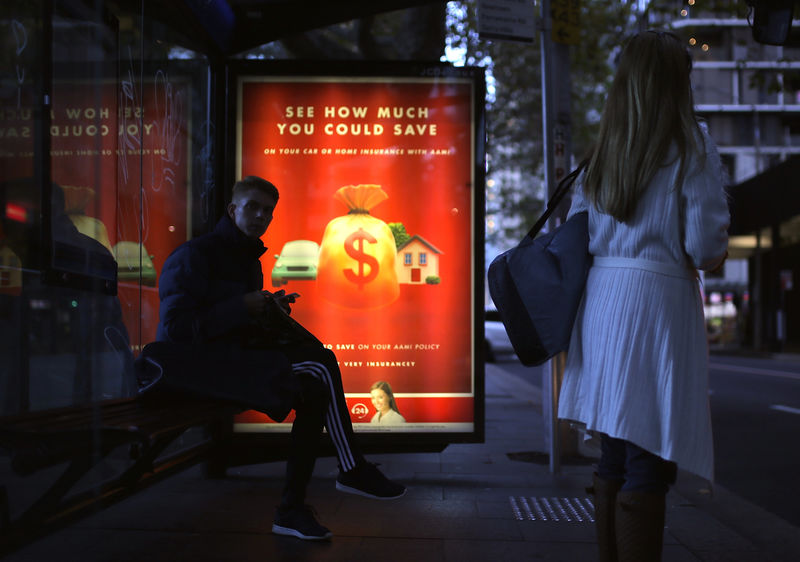Investing.com-- Australian retail spending grew less than expected in August, barely expanding as consumers further cut back on spending amid continued pressure from historically high interest rates and sticky inflation.
Retail sales grew 0.2% in August from July, data from the Australian Bureau of Statistics showed on Thursday. The reading was less than expectations for growth of 0.5%, and slowed from a 0.5% rise in the prior month.
Spending on clothing and food was the biggest driver of the monthly reading. Retail spending also took some support from the 2023 FIFA Women’s World Cup, particularly as consumers spent on merchandise and watching live matches, the ABS said in a note.
But spending on household goods fell for a third straight month, as did food retailing, indicating that consumers were scaling back on big purchases and eating outside.
Australian consumers have largely curbed spending in recent months, amid consistent pressure from high interest rates and sticky inflation. Data released on Wednesday showed that consumer inflation picked up pace in August, boosted chiefly by higher rents and fuel costs.
Weak spending has seen Australian retail turnover largely flatline in recent months, as inflation remained high.
“Considering how high inflation and strong population growth has added to retail turnover in the past year, the historically low trend growth highlights just how much consumers have pulled back in response to cost-of-living pressures,” Ben Dorber, ABS head of retail statistics said in a note.
Still, a sustained cooling in retail spending could elicit a drop in consumer inflation over the coming months, easing some pressure on consumers.
Cooling inflation could also see the Reserve Bank of Australia hold off more rate increases, although the bank has maintained a largely data-driven approach to future rate decisions. The RBA is widely expected to keep rates steady when it meets next week- its first meeting under new Governor Michele Bullock
